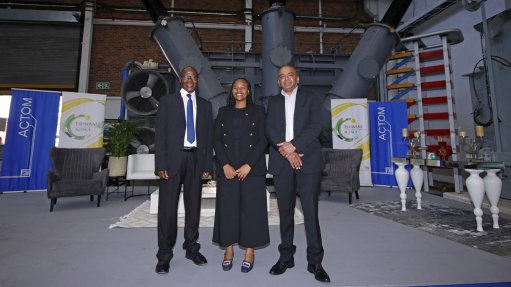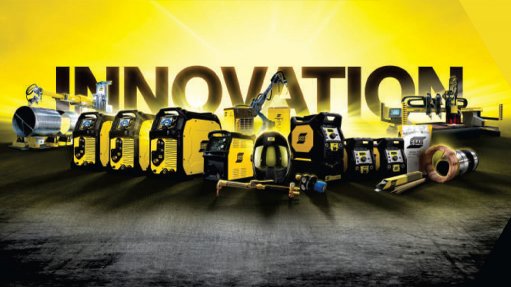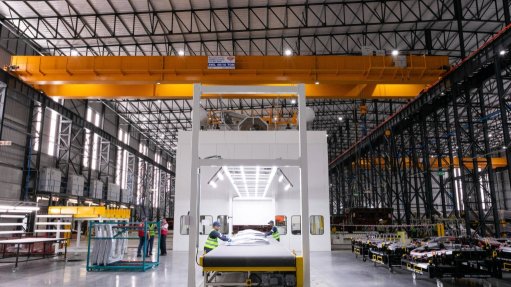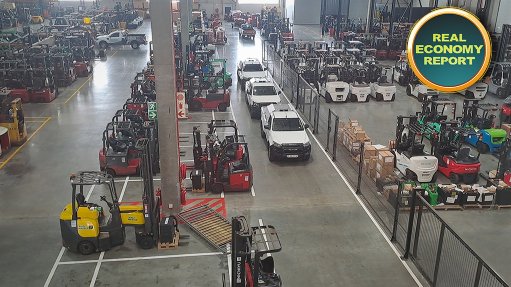Automation increases empowerment

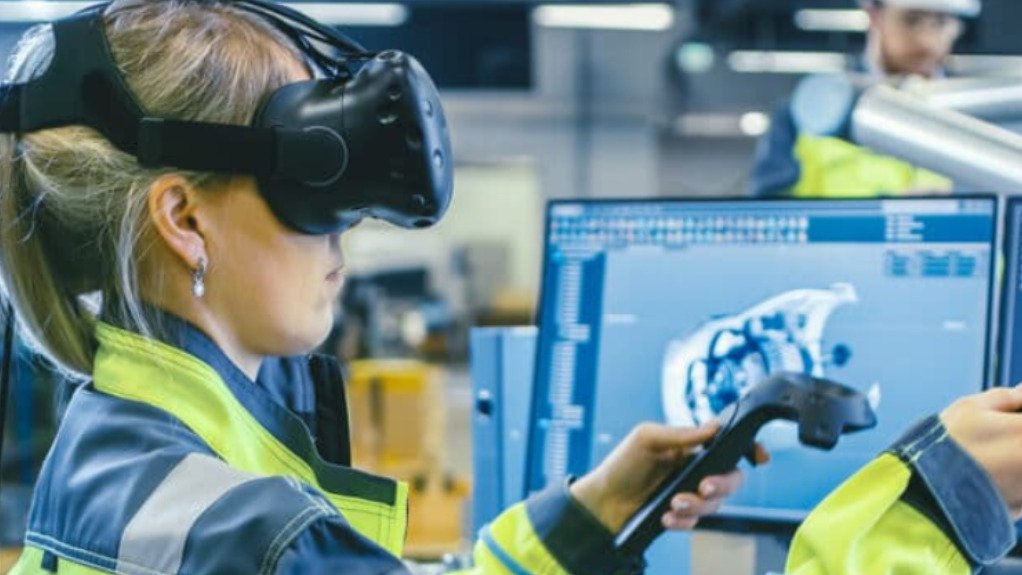
AUGMENTED TRAINING Through the use of augmented and virtual reality, manufacturers are able to provide workers with immersive, hands-on experiences that engage multiple senses, leading to higher knowledge retention and deeper learning
Photo by GridRaster
As the narrative regarding robots in the manufacturing sector changes to one of collaboration, technology company GridRaster says this shift forms a part of the Industry 5.0 paradigm, which focuses on human-machine collaboration and workforce empowerment.
Small- and medium-sized manufacturers are facing a “perfect storm” of challenges, including the high capital investment required for automation, says GridRaster co-founder Dijam Panigrahi.
However, new models, such as robotics-as-a-service (RaaS) – a subscription-based model that enables companies to lease or rent robots – help to address these issues by providing a flexible and affordable way of accessing technology without the initial financial burden.
“The high upfront capital investment for automation has historically been a non-starter for smaller firms. However, models, such as RaaS, will lower this financial barrier, making advanced technology accessible to a wider range of businesses.”
This will also enable smaller companies to overcome labour scarcity while remaining competitive in an evolving market, Panigrahi adds.
Moreover, the automation of workflows can help companies scale production by significantly increasing operational efficiency and output. These automated systems can execute multiple tasks simultaneously, consequently freeing up time and resources from manual work while reducing any potential errors.
Panigrahi points out that, instead of replacing workers, this new vision considers automation as a retention strategy.
“By taking over repetitive, physically demanding or dangerous tasks, collaborative robots and automation will free up employees to perform more meaningful work that requires creativity, critical thinking and problem-solving.”
This will also lead to an increase in employee satisfaction, as well as higher retention rates, he avers.
AI Adoption
Immersive technologies are playing an increasingly important role in workforce development, with augmented reality (AR) and virtual reality (VR) platforms proving to be “more effective than traditional training methods” as they provide an immersive, hands-on experience.
“They engage multiple senses, leading to higher knowledge retention and deeper learning . . . [enabling] workers to practice tasks in a safe, risk-free virtual environment,” Panigrahi explains.
While the cost of hardware and content development must be taken into account, he notes that the AR/VR technology is becoming more scalable, with some platforms supporting the use of desktop-based VR simulation, removing the need for expensive headsets, depending on the application.
Additionally, the use of 3D technology to create digital twins enables workers to train using equipment that they may not have been able to physically access.
Panigrahi adds that the combination of AI and digital twins will enable manufacturers to optimise workflows and adapt to market changes quickly, as these technologies will provide real-time performance monitoring and the ability to run simulations to optimise workflows before making physical changes.
He explains that, by integrating AI, the aforementioned immersive training environments can collect vast amounts of data in real time, allowing for personalised learning experiences that will adapt to the needs of the user.
AI, 3D technology and digital twins can also help to identify bottlenecks and improve the human-robot collaboration.
“This increased agility will help small- and mid-sized companies become more resilient and better equipped to handle challenges like supply chain volatility,” he concludes.
Article Enquiry
Email Article
Save Article
Feedback
To advertise email advertising@creamermedia.co.za or click here
Comments
Announcements
What's On
Subscribe to improve your user experience...
Option 1 (equivalent of R125 a month):
Receive a weekly copy of Creamer Media's Engineering News & Mining Weekly magazine
(print copy for those in South Africa and e-magazine for those outside of South Africa)
Receive daily email newsletters
Access to full search results
Access archive of magazine back copies
Access to Projects in Progress
Access to ONE Research Report of your choice in PDF format
Option 2 (equivalent of R375 a month):
All benefits from Option 1
PLUS
Access to Creamer Media's Research Channel Africa for ALL Research Reports, in PDF format, on various industrial and mining sectors
including Electricity; Water; Energy Transition; Hydrogen; Roads, Rail and Ports; Coal; Gold; Platinum; Battery Metals; etc.
Already a subscriber?
Forgotten your password?
Receive weekly copy of Creamer Media's Engineering News & Mining Weekly magazine (print copy for those in South Africa and e-magazine for those outside of South Africa)
➕
Recieve daily email newsletters
➕
Access to full search results
➕
Access archive of magazine back copies
➕
Access to Projects in Progress
➕
Access to ONE Research Report of your choice in PDF format
RESEARCH CHANNEL AFRICA
R4500 (equivalent of R375 a month)
SUBSCRIBEAll benefits from Option 1
➕
Access to Creamer Media's Research Channel Africa for ALL Research Reports on various industrial and mining sectors, in PDF format, including on:
Electricity
➕
Water
➕
Energy Transition
➕
Hydrogen
➕
Roads, Rail and Ports
➕
Coal
➕
Gold
➕
Platinum
➕
Battery Metals
➕
etc.
Receive all benefits from Option 1 or Option 2 delivered to numerous people at your company
➕
Multiple User names and Passwords for simultaneous log-ins
➕
Intranet integration access to all in your organisation









